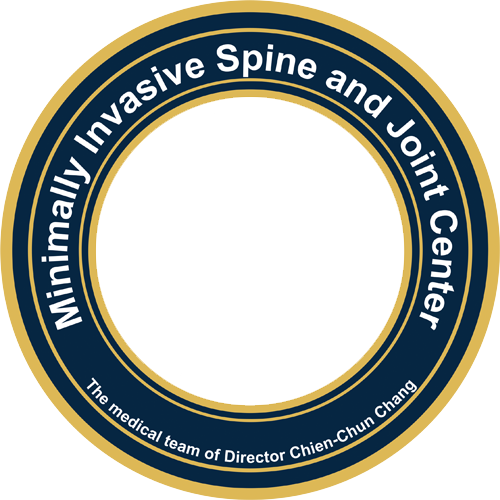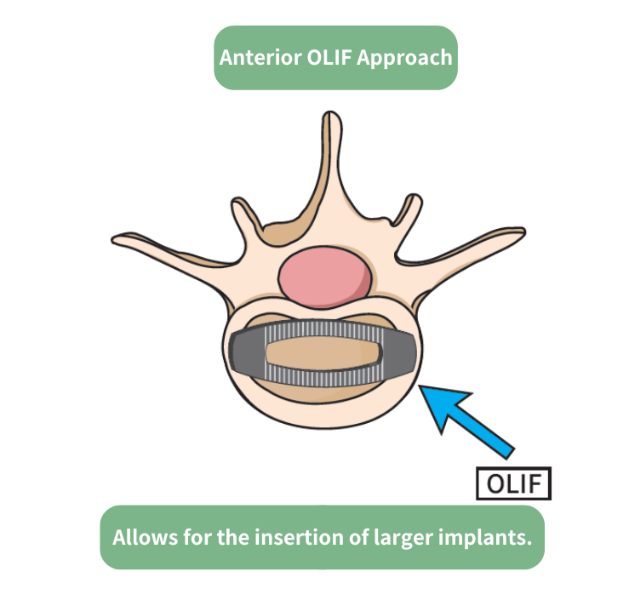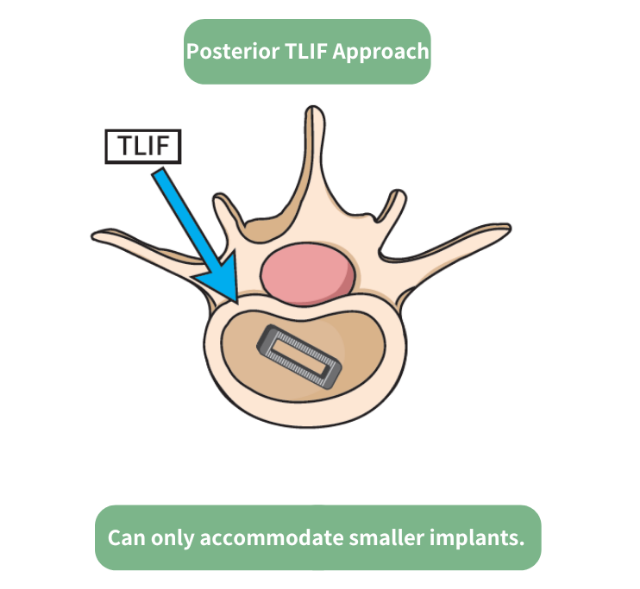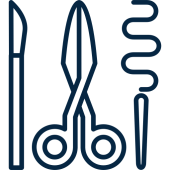
◎Key Features of OLIF Surgery
-Faster Recovery
-Minimal Tissue Damage
-Rehabilitation-Free

__25A17pGWrw.png)


What Are the Differences Between OLIF and TLIF Approaches?
Comparison of OLIF and Traditional Surgical Approaches
| Conventional Posterior Spine Fusion Surgery |
Computer-assisted OLIF |
|
|---|---|---|
| Blood loss | 500 ml | 100 ml |
| Incision size | Large | Minimal |
| Hospital stay | At least 7-10 days | 4 days |
| Postopeative rehab | At least 3-6 months | No need |
Q1.What are the advantages of OLIF (Oblique Lateral Interbody Fusion)?+
Q2.Why is OLIF considered a new pathway for minimally invasive spine surgery?+
Most surgeons are more familiar with the traditional posterior approach for spine fusion surgeries, which typically involves a 10–15 cm incision along the back. Even with computer-assisted navigation in minimally invasive methods, the posterior approach requires direct decompression of nerves, often causing damage to the fascia, muscles, tendons, facet joints, and lamina around the spine. This leads to significant structural disruption, longer operative times, and greater blood loss during surgery. The extent of tissue damage in traditional methods also results in more postoperative pain and longer recovery times.
OLIF, on the other hand, uses a small incision on the lateral abdominal area to access the spine directly, avoiding the complex layers of muscles and tissues in the back. This approach significantly reduces the side effects associated with traditional spine surgeries, leading to minimal tissue damage, reduced blood loss, and faster recovery. Moreover, OLIF minimizes nerve and vascular injuries, enabling most patients to walk on the same day of surgery.
Q3.What are the indications for OLIF?+
The indications for OLIF (Oblique Lateral Interbody Fusion) are broad and primarily include conditions such as sciatica, herniated discs, degenerative spondylolisthesis, spinal stenosis, lumbar instability, adjacent segment disease after lumbar surgery, and recurrent issues in patients who have previously undergone posterior spinal surgeries. These conditions can all be treated using the minimally invasive OLIF technique via the anterior-lateral approach for spinal fusion.















